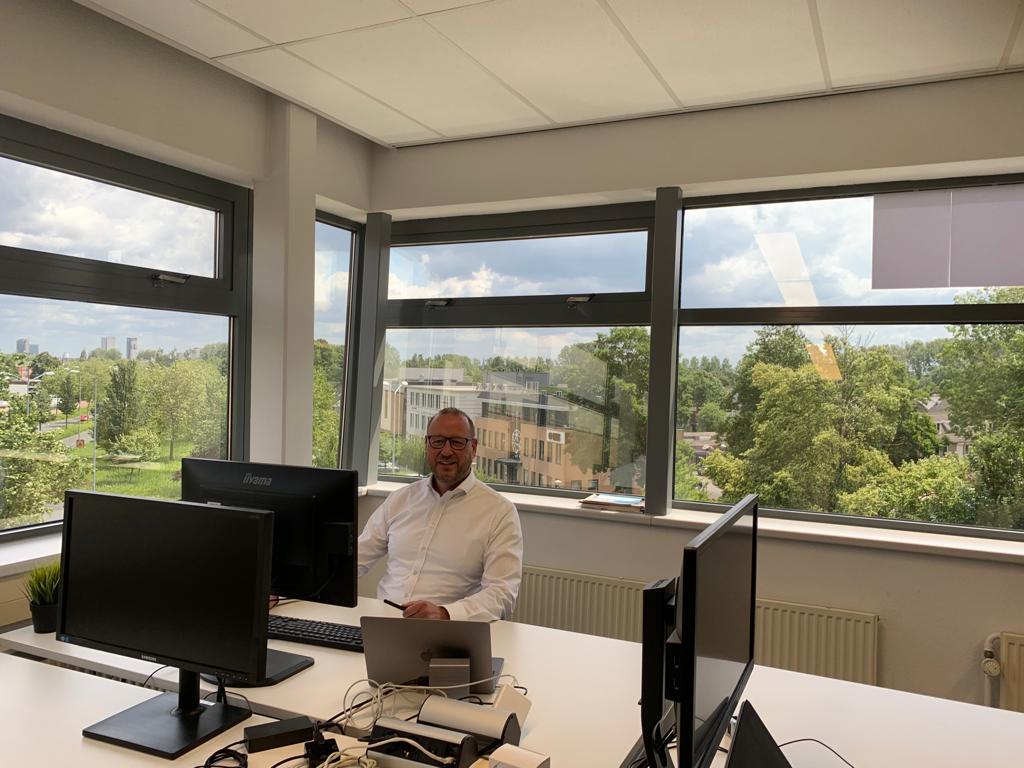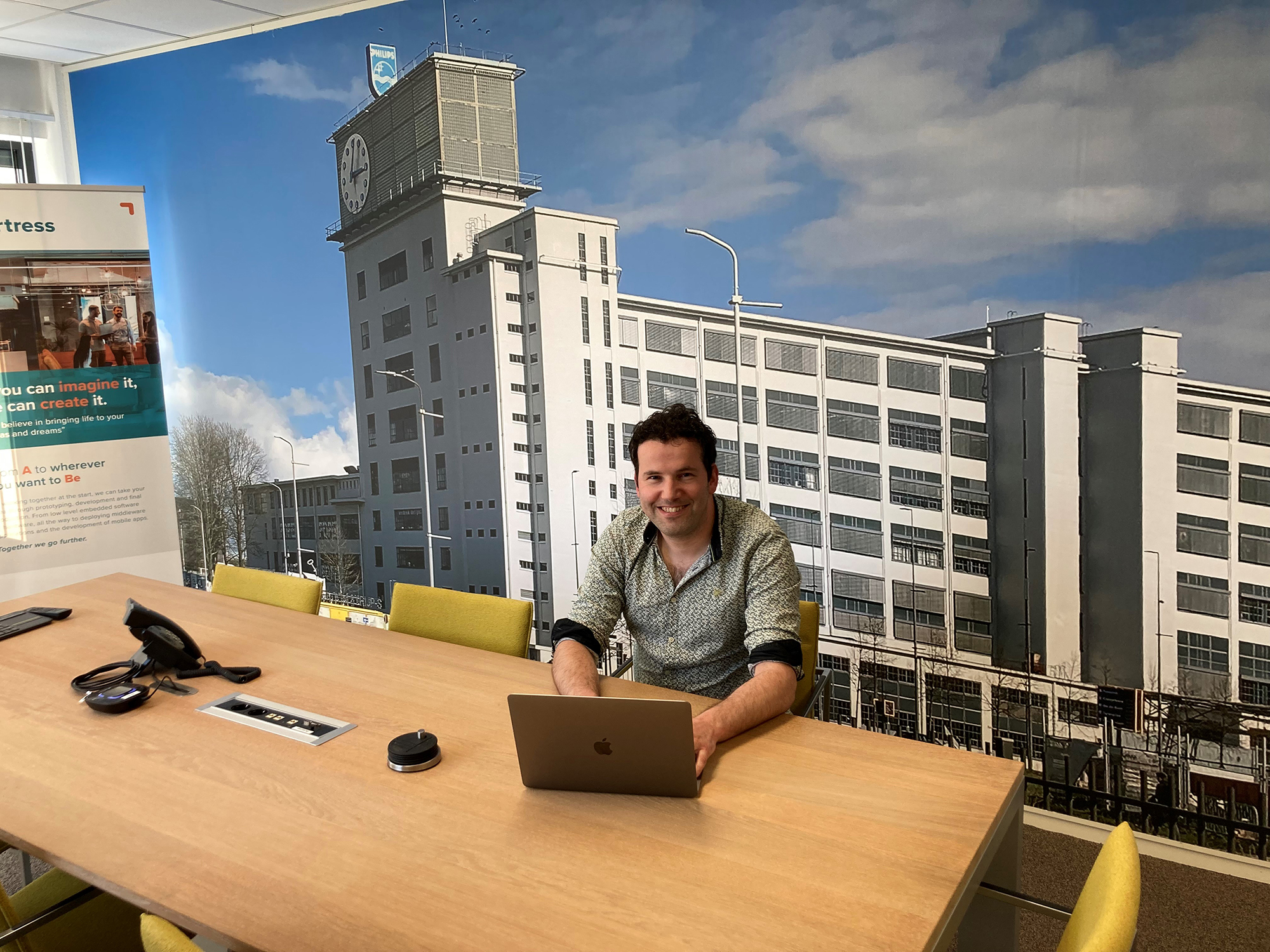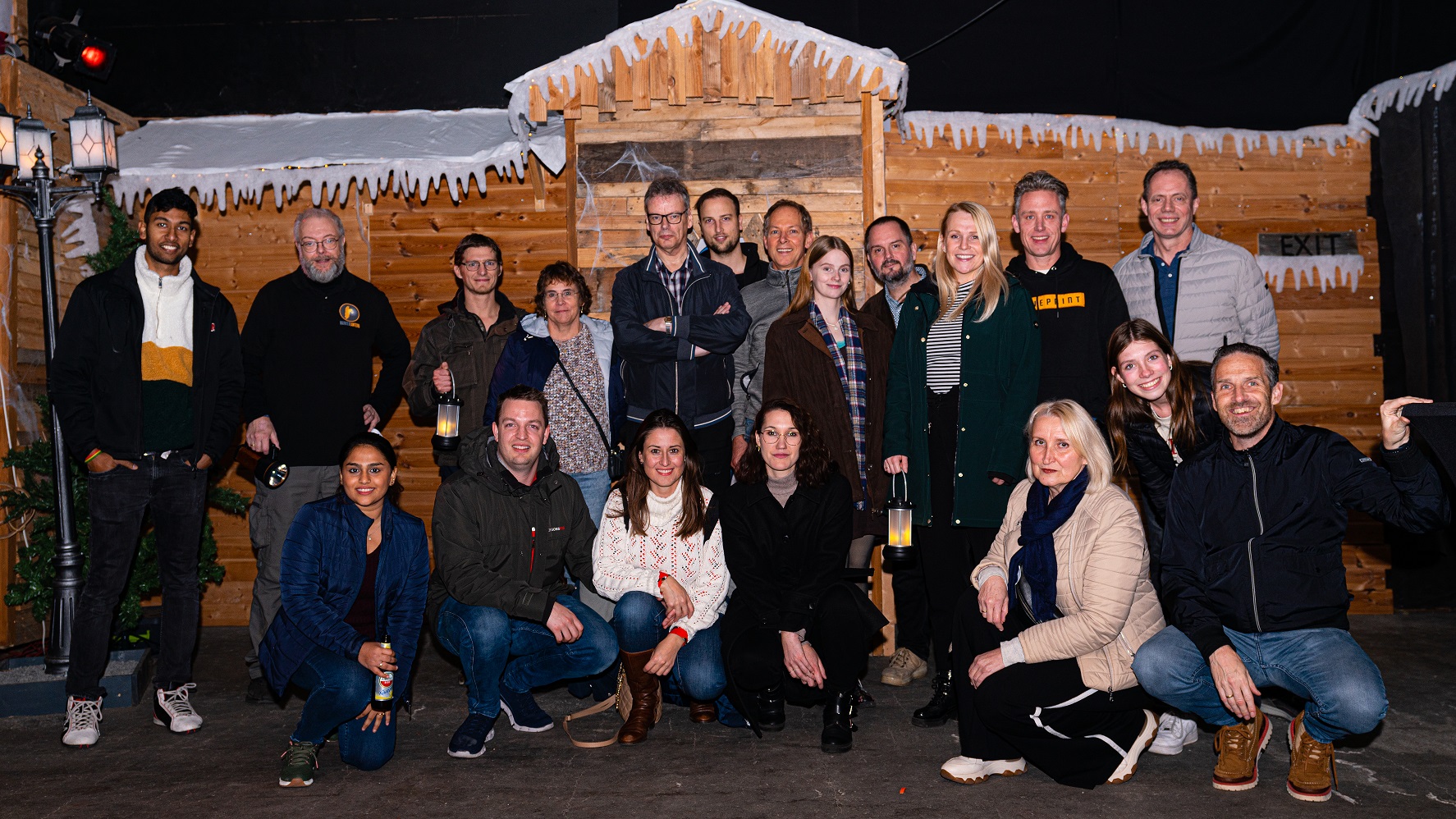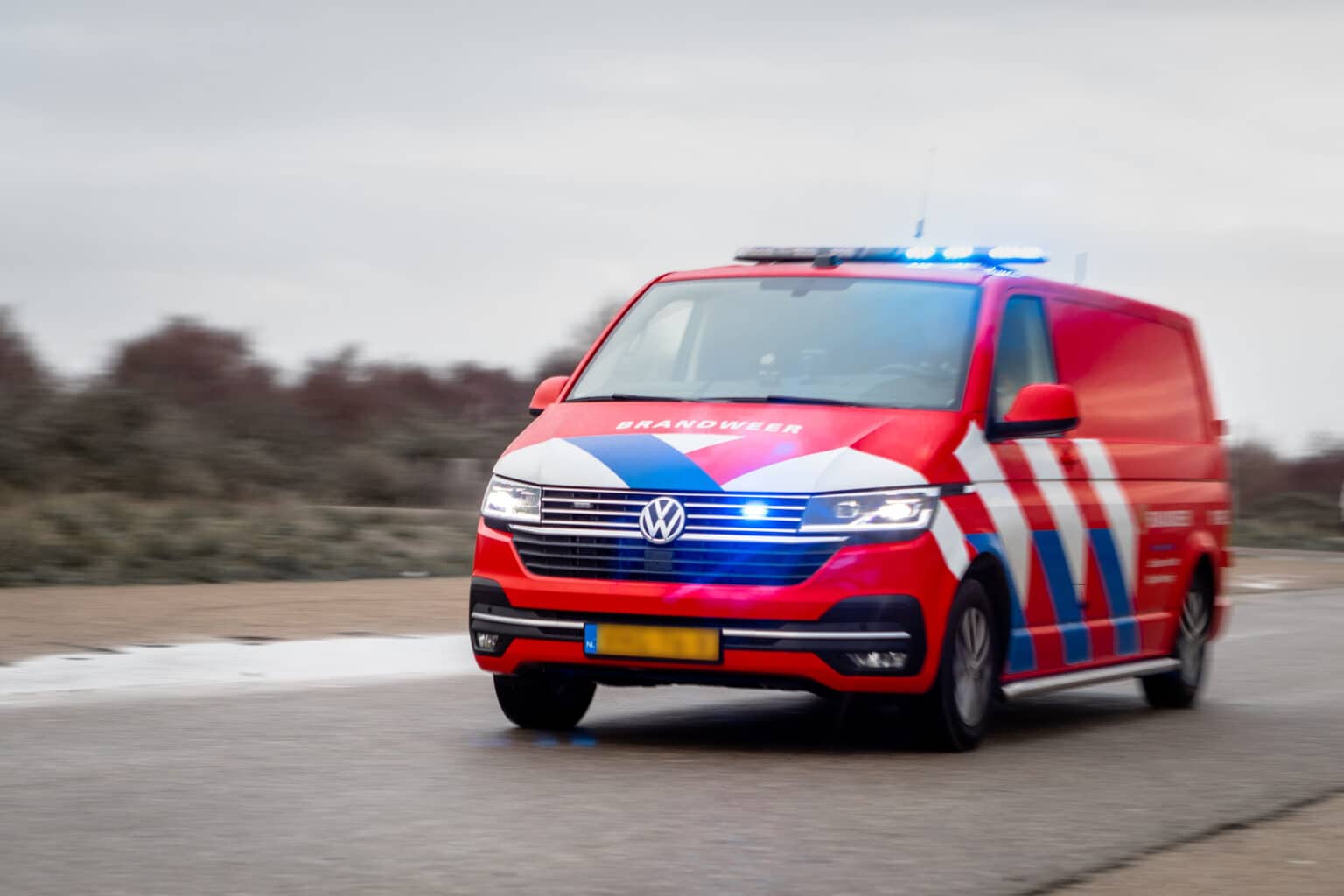
Integral operation of multiple vehicle functions
Inomatic already worked together with ICT Group when it developed the first plans for Mangora. Director Johannes Siebert explains: “In recent years, emergency service vehicles have been equipped with more and more functionalities: navigation, a reversing camera, smarter operation of the flash lights and siren. Again and again a new control panel was added, which makes the operation confusing. One of our customers that complained about this was the German fire brigade. However, we immediately saw that other customers also were experiencing this. This is the reason why we wanted to develop a generic product that allowed us to integrate different vehicle functions in a flexible manner.”
That product became Mangora, a touch screen with a user-friendly user interface and interfaces with all possible systems that a driver of an emergency service vehicle would want to operate. Siebert: “Our strategy is to first make Mangora suitable for emergency services and subsequently expand it to include other functionalities so that the touch screen can also be used in other markets.”
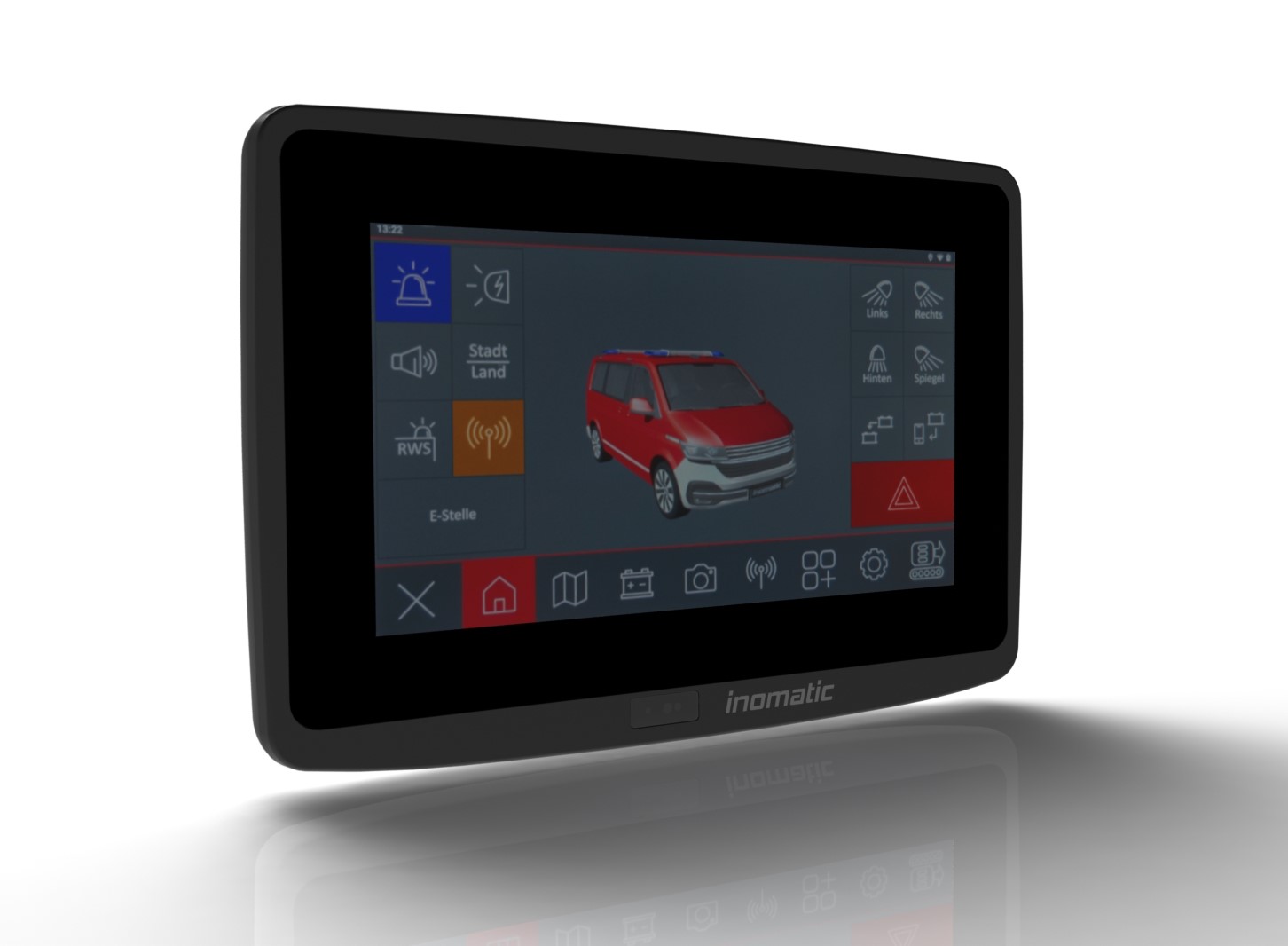
Clear project definition
Due to our excellent previous experience with ICT, Inomatic approached them again. Martin Siebert, technical managing director at Inomatic and co-leader of the development department: “They have relevant know-how that we don’t have, especially in the domain of the integration of hardware and software. They can go the extra mile in this particular area. What we also really like about working with ICT is that they don’t keep their knowledge to themselves, but they allow us to watch and learn. We don’t simply buy a product that they develop based on our specifications; instead, we develop it together, learn from each other and collectively create an even better solution.”
Software developer Philip Kieseling explains: “We started in June 2019. The first step was to jointly define the requirements. We had a lot of ideas for functionalities that we wanted to integrate, but we also wanted to keep the time-to-market as short as possible. This meant that we had to make choices about which functionalities would be included in the first version of the product and what we would put in the backlog.”
Structured approach
The project proceeded very smoothly, thanks to ICT’s structured approach, Martin Siebert adds. “They constantly provided a very clear overview of the activities to be performed: which requirements had already been met? What else needed to be achieved? They also described this in such a way that everyone clearly understands what is meant. That works very nicely.”
Johannes Siebert praises ICT’s project approach. “It was the first time that we have outsourced such a large assignment to an external party. So for us it was very exciting how this cooperation would work out. Outsourcing a project of this size in its entirety is very different than just hiring specific expertise in the field of housing, the operating system or the software interfaces. We are very satisfied with how ICT managed the project.”
“We are very satisfied with how ICT managed the project.”

Inomatic also learned a lot from ICT, Martin says: “For example, the cooperation with ICT has shown us that before we start a project, we should look even more critically at the use of components that we already use in other products, for instance the plug connections, housing et cetera. This allows us to limit the number of parts we use. As a result, we achieve substantial cost benefits and it makes it easier for our engineers to gain thorough knowledge of the components.”
Ronald de Jonge, System Architect at ICT adds: “Within ICT Group we have a lot of expertise in the domain of developing embedded products. We were able to apply various innovative technologies for the Mangora project. This has resulted in a wonderful product, which we have realised by collaborating with Inomatic.”
Support during the entire life cycle
Inomatic Mangora will be released in March 2021 and will include the integrated operation of the reversing camera, navigation, flash lights and siren. This makes the product suitable for fire engines, but also for all emergency vehicles. Martin Siebert: “We still have a whole backlog with requirements for further product development, which will allow us to make Mangora suitable for even more types of vehicles. And we will also do this in collaboration with ICT. Together we can achieve much more speed in product development, so we will continue to involve ICT throughout Mangora’s entire life cycle.”
